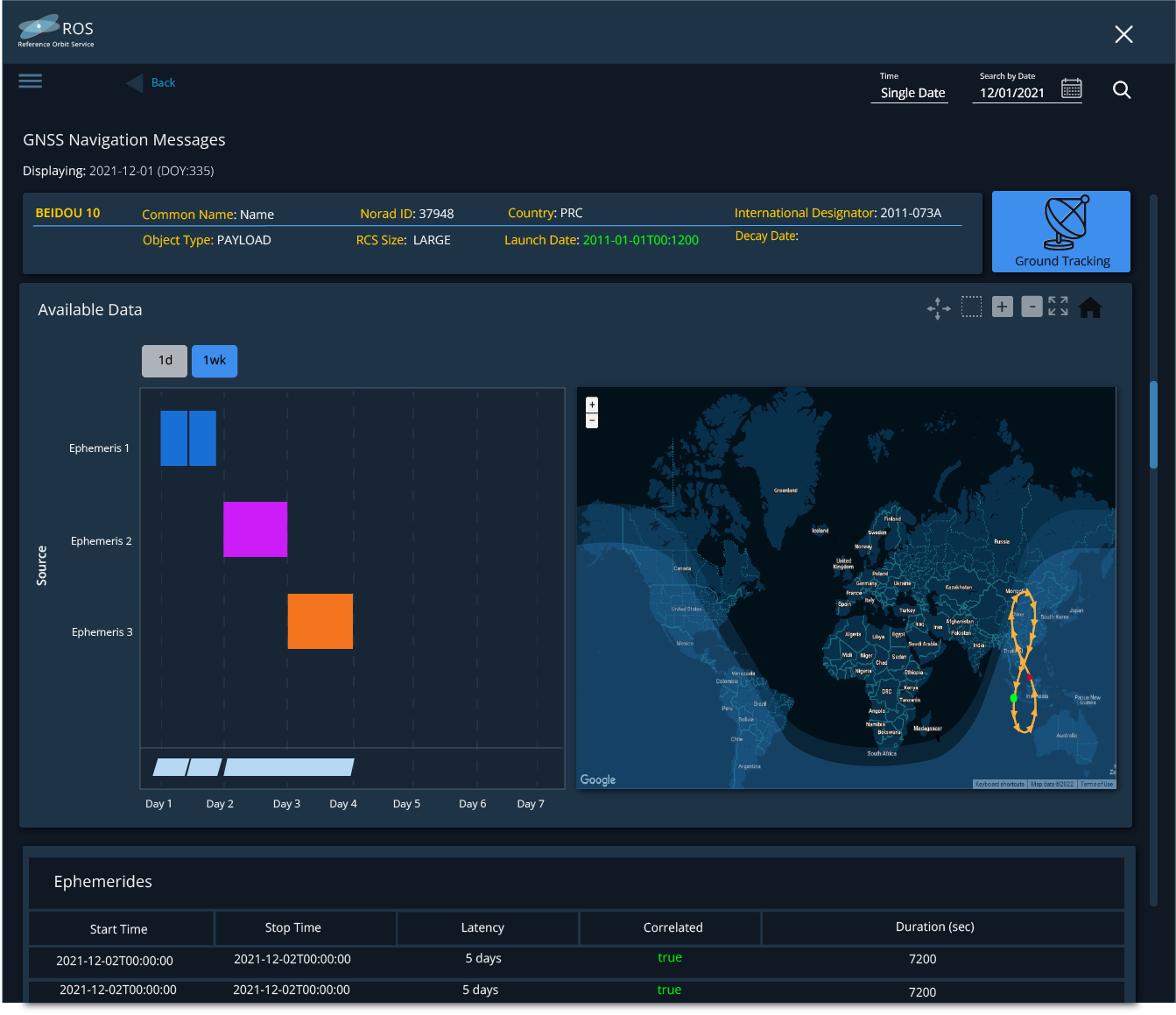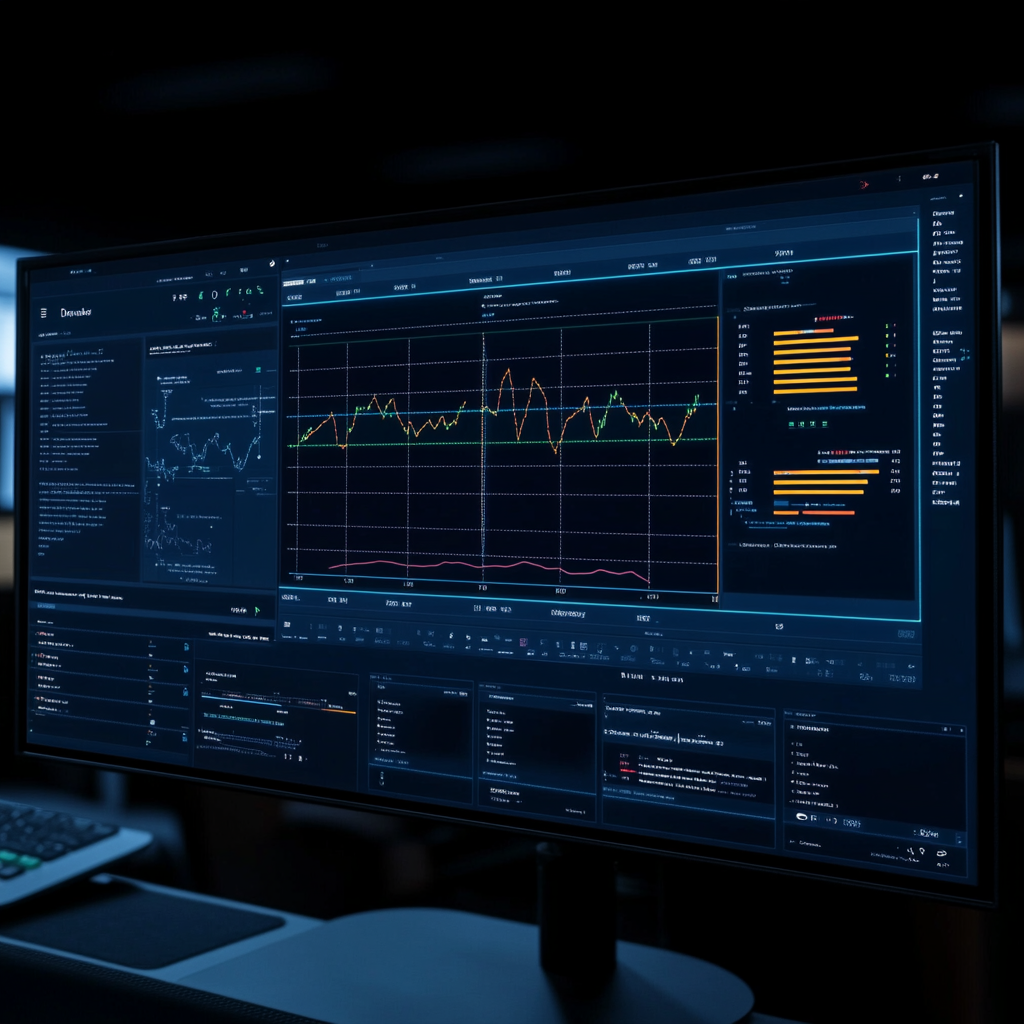Challenge
Reference Orbit Software is a mission-critical application used by defense and aerospace personnel to calculate and visualize satellite reference orbits for planning and operations. Prior to redesign, the application relied on legacy interfaces with minimal user guidance, requiring users to manually interpret large datasets, navigate cluttered menus, and input complex orbital parameters without contextual feedback.
This created usability challenges for both new and experienced users, increasing training time, input errors, and mission planning delays.
Approach
As the lead UI/UX designer, I worked alongside mission planners, software engineers, and satellite system analysts to modernize the interface and streamline the end-to-end workflow, ensuring the tool was intuitive without compromising on its technical capabilities.
Discovery & User Research
To ground the design in user needs, I conducted stakeholder interviews and user walkthroughs with system operators and mission engineers. Key challenges included:
Difficulty interpreting orbital calculations due to poor data visualization
Lack of input validation, resulting in frequent user errors
Redundant steps in the orbit planning workflow
A steep learning curve for new users, requiring extensive training and reference material
Using these insights, I created personas representing core user types: Mission Planners, Analysts, and Engineers, each with different levels of expertise and system usage patterns.
Design Strategy
Our goal was to enhance usability without overwhelming users or stripping away critical technical capabilities. Key design decisions included:
Simplified data input fields with in-line validation and contextual help
Dynamic orbit visualizations using interactive 2D/3D views
Modular dashboard components to surface mission-critical information at a glance
Presets and templates to support recurring mission types and reduce configuration time
I designed wireframes and clickable prototypes, which were tested in multiple rounds of usability sessions with both technical and non-technical users.
Iteration & Refinement
Based on testing feedback, I refined the visual hierarchy and added user-controlled display options (e.g., toggling orbital elements, adjusting visual scale, or switching between time reference modes). We also introduced real-time feedback for parameter changes—enabling users to see how changes would affect the orbit path instantly.
In parallel, I worked with developers to ensure the front-end matched the interaction models we envisioned and met DoD accessibility and performance requirements.
Results
The redesigned Reference Orbit Software significantly improved task efficiency and user satisfaction:
30% reduction in orbit planning time through streamlined workflows and visual feedback
50% decrease in user-reported input errors due to inline validation and guidance
Improved onboarding with intuitive layouts and embedded tooltips, reducing reliance on external documentation
Users praised the new interface as “a major usability leap” that “reduced the guesswork and frustration from the planning process.”

